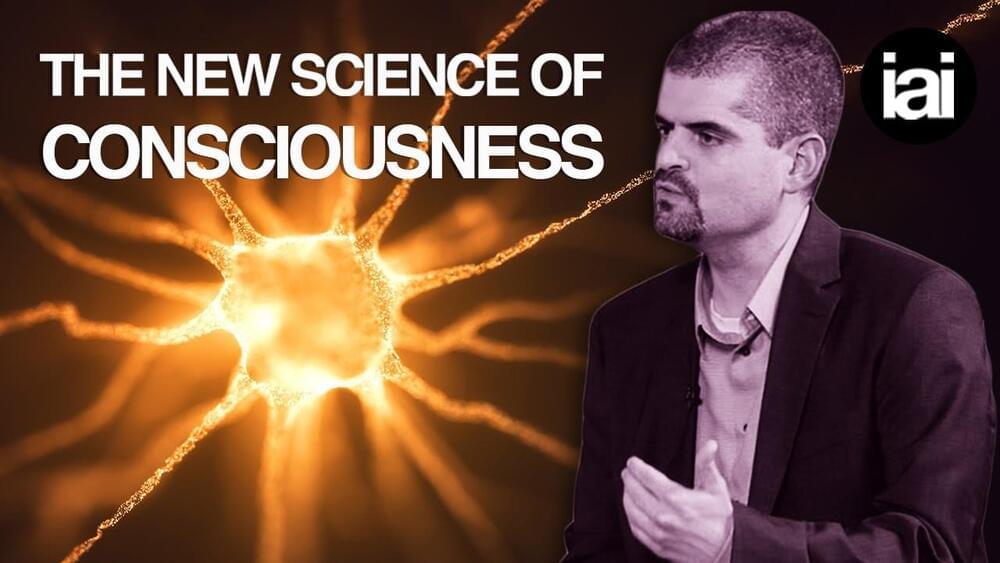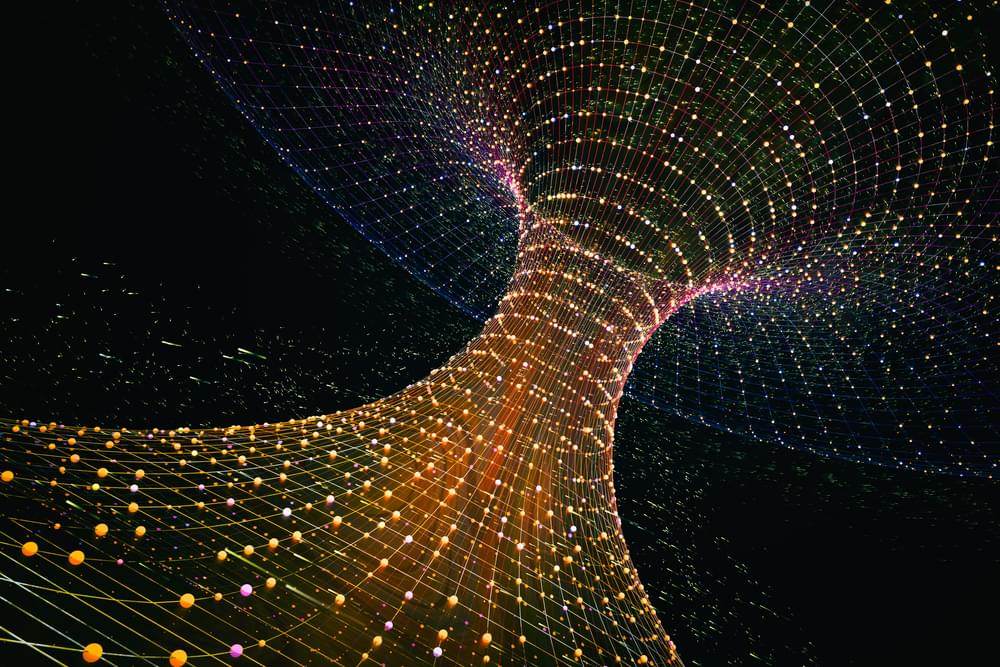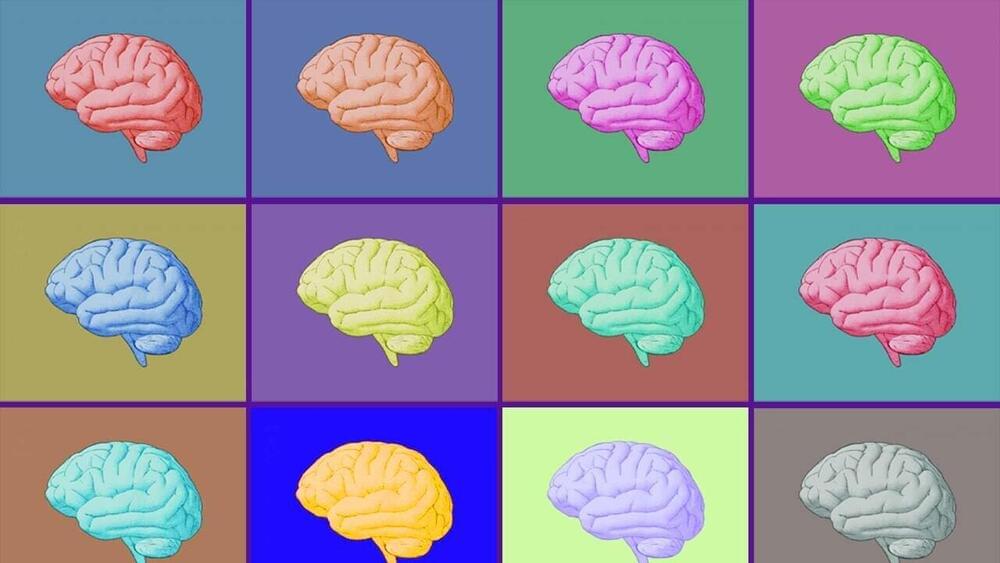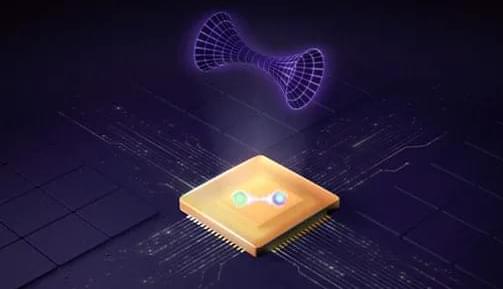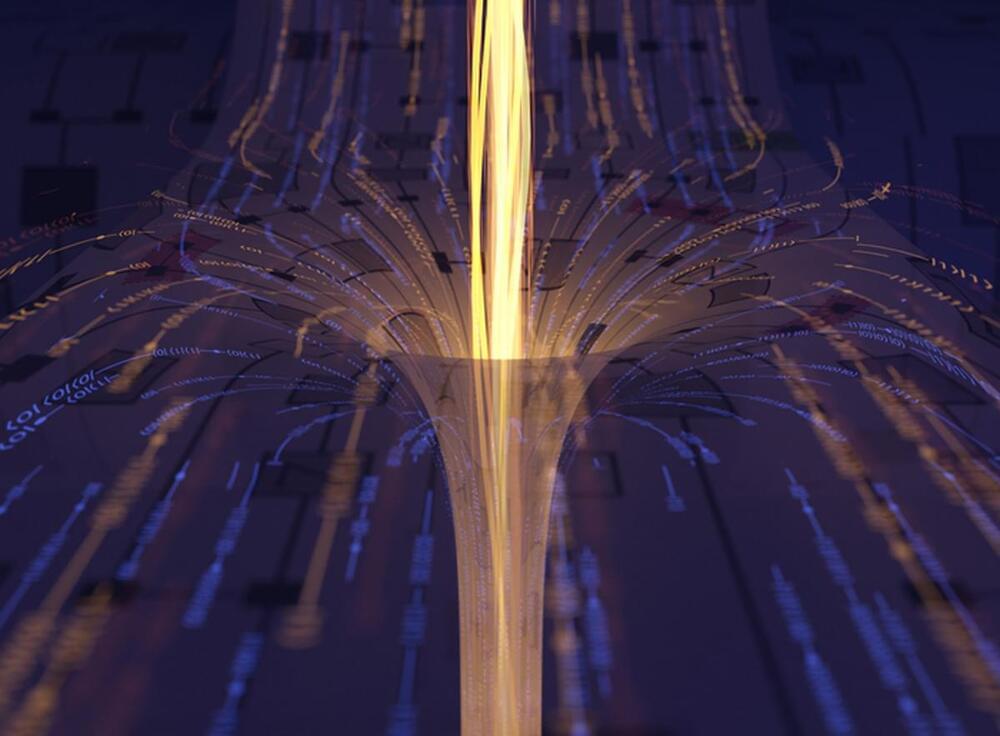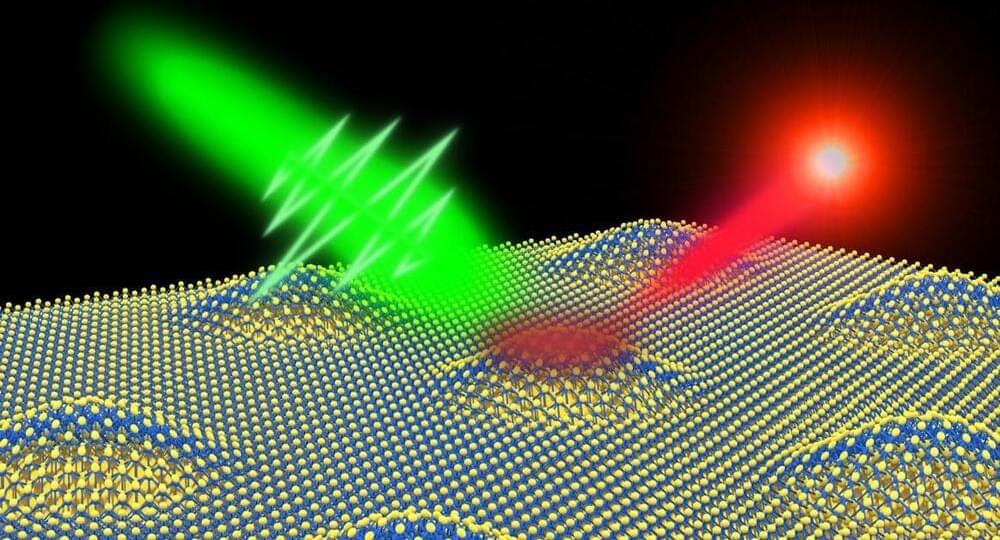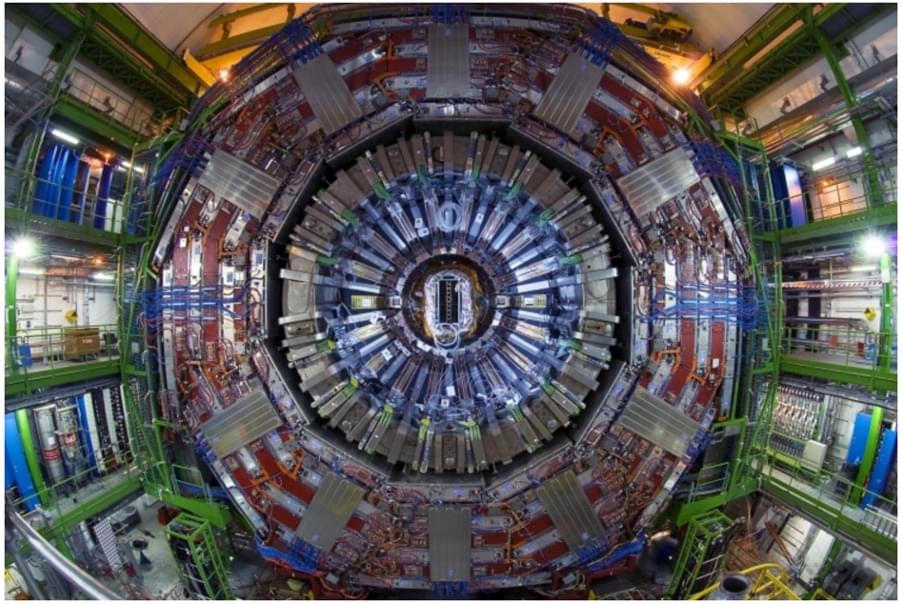
Imagine you are at a museum. After a long day admiring the exhibitions, you are exiting the museum. But to be able to get out, you will need to exit through the gift shop. The layout of the gift shop can be set up in several ways. Maybe you can take a short and direct path to the exit, maybe there are long winding corridors stuffed with merchandise you need to pass through. If you take the longer path, you are more likely to lose more of your money before you get outside. The scientists at the CMS collaboration have recently observed a similar phenomenon in high-energy heavy ion collisions, as those illustrated in the event display.
The life of the tiniest particles making up ordinary matter — quarks and gluons — is governed by the laws of quantum chromodynamics. These laws require quarks and gluons to form bound states, like protons and neutrons, under normal conditions. However, conditions like in the early universe, when the energy density and temperature far exceeded those of ordinary matter, can be achieved in giant particle accelerators. In the Large Hadron Collider at CERN this is done by colliding lead nuclei that are accelerated close to the speed of light. In these conditions, a new state of matter, called the quark-gluon plasma, is formed for a tiny fraction of a second. This new state of matter is special, since within the volume of the matter, quarks and gluons act as free particles, without the need to form bound states.
Figure 1: A schematic presentation of a non-central (left) and central (right) heavy ion collision. The outlines of the ions are presented by dashed lines, while the overlap region in which the quark-gluon plasma is produced is colored in orange. The red star shows a position where two quarks might scatter, and green and blue arrows are alternative paths the scattered quark can take to escape the quark-gluon plasma.
